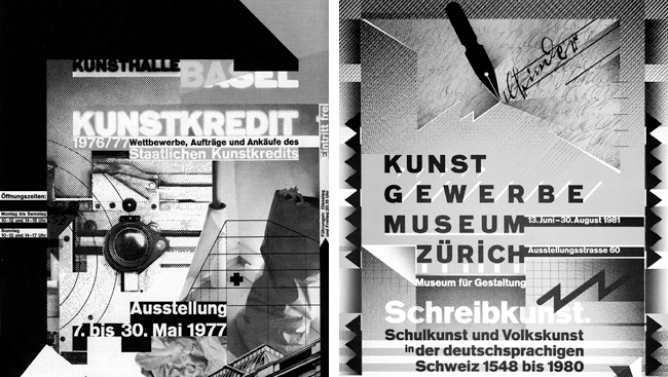Building brands from zero is definitely not an easy task. This being one of our key activity, we have decided to give you a guideline that we use when it comes to creating the brand manual.
Establishing brand guidelines.
Establishing brand guidelines is an important component of increasing visibility and understanding. Consistency within the visual and messaging elements of your brand is incredibly effective and will drive an improvement in awareness and comprehension.
Visual identity elements.

Your brand mark (logo)
Identify the specific design of your brand mark, including both primary and secondary approved versions.
This may include a primary version that’s full-color, and a secondary version that would be appropriate for one-color design needs. Details can include relative measurements, dedicated white space around the brandmark, and pantone/HTML color specifics. Don’t forget to address preferred positioning for your brand mark, as well as examples of improper use.
Use of your name
Naming conventions should be addressed here, including circumstances where a shortened/abbreviated version of your name should/could be used (or not).
Typography
Consider specifying a font(s) that matches your brand’s personality and conveys your information in the most appropriate way. If you create pieces in-house as well as via contracted designers, ensure you select fonts that are readily available to both so consistency can be maintained.

Color palette
The personality of your brand can be expressed through color, and can help you stand out if applied consistently and liberally. You can identify a primary and secondary color palette to keep options open, yet maintain control over how the nonprofit is identified through its color choices.
Photography
Thinking about the photographic style that best matches your brand’s identity means you can get specific about appropriate images to represent your brand. Does it make sense for the images to be formal or informal in composition? Should people be looking into the camera? Indoor or outdoor settings (or both)?
Signage
Internal and external signage is one of the most utilized and visible elements of your brand. Include details about design, sizing, and elements that ensure easy access for all users of your programs/services

Interior design
If you have physical locations, interior design can be utilized to express your brand’s approach. Think about colour, brand mark usage and placement, furniture style, and the overall layout of the space.
Messaging elements.
This roadmap will ensure consistency and clarity for volunteers and staff members who communicate on your behalf every day.
Brand positioning and personality
Telling the story of your organization grows out of knowing who you are at the core. Describe who you are as an organization, what you do at a strategic (ultimate aim) level, and why you’re unique. Consider including how you’d describe the brand’s personality attributes to help frame the language you’ll ultimately use. For example, if your brand wants to primarily be seen as nurturing goodwill, your messaging choices will likely be different from an organization that exists to create controversy.

Tone of voice
If your organization was a person, how would it speak? Think about the level of formality that’s suitable, style of conversation and how your brand personality will be expressed.
Grammar and style
Include details and examples of the words and phrases your organization uses, including grammar and punctuation. If you follow a specific style guide state the guide and version, as well as any exceptions that are unique to your organization.
Key messages
Consider the messages you need to communicate to your audiences, and how they should be expressed. You may have a few key messages that are paramount to your communication strategy, and sub-messages that provide additional context/details in support of your main points.
Audience(s)
Your organization likely communicates with many different audiences, and messages for each need to be framed differently to meet their individual needs. When crafting any communication, think about your internal as well as external audiences.
A living document.
Establishing brand guidelines for your organization will make all aspects of your communications streamlined, clear and easier for your audiences to identify. It should be considered a living document; as much as you are establishing standards you will also find new areas to consider and address in future editions.
Conclusion.
When it comes to building a brand you need to keep in mind the following thing: the brand that you are building needs to stand out from a crowd of brands that are probably selling the same product or service. After all, the brand’s purpose is to differentiate the product/company from others on the market.
If you require any assistance with your own brand identity & manual give us a shout at hello@subsign.co


